Atacama Desert in Chile is otherworldly. The rugged, dusty, red terrain is so unusual that it is often used as a substitute for Mars in Hollywood films. And the fact that it’s hot, dry and at high altitude means the desert has some of the clearest night skies on earth, and is supposedly the best place in the world for star gazing. That’s why it’s home to the world’s biggest telescope array, and the only one that exists that can observe the sun.
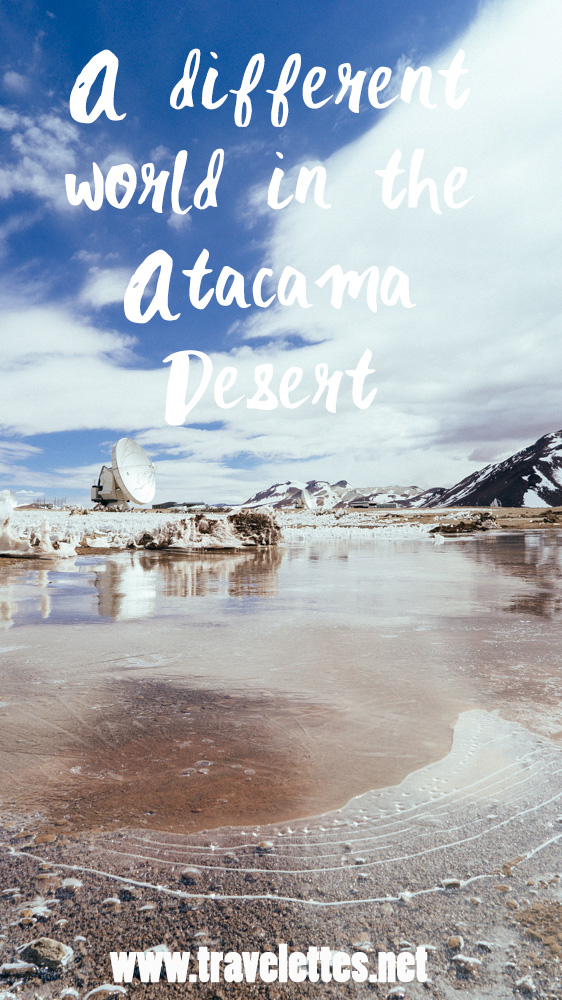
Research at the , known as ALMA, which interestingly translates as ‘soul’ in Spanish, seeks to understand how planets form billions of light years away, as well as how our planet came to be. An array of 66 individual antennae can be moved around to make up a telescope that is up to 15km wide. It measures the part of the universe that is very cold and very dark; part of the electromagnetic spectrum that can’t be seen by the human eye.
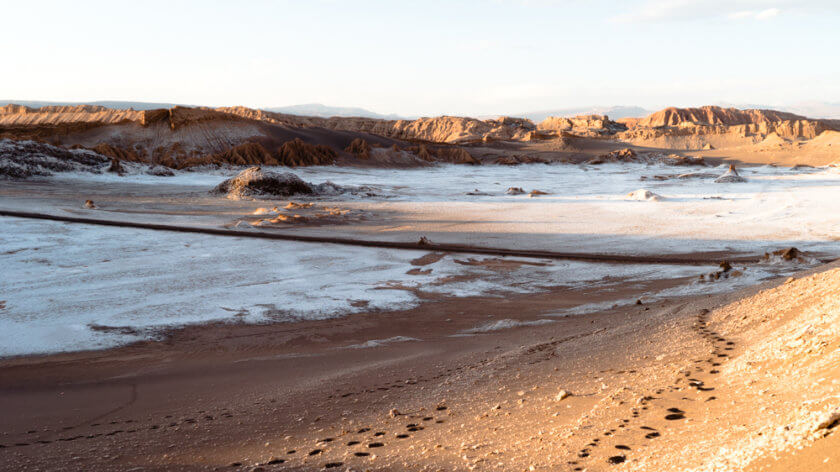
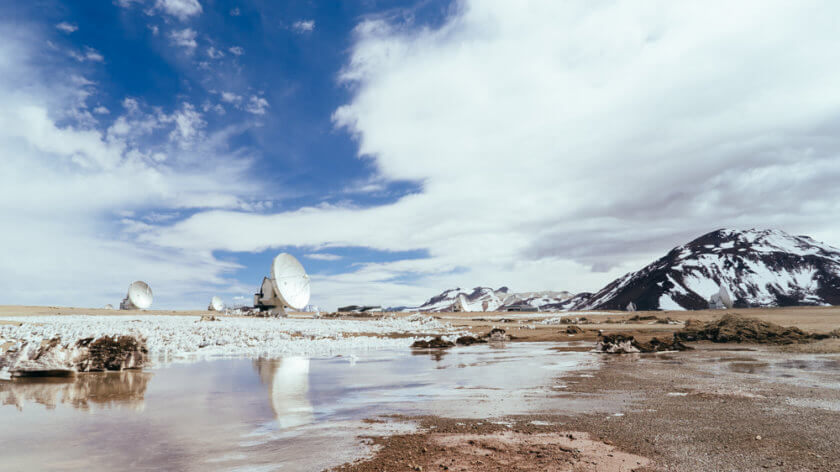
I’ve come to ALMA to do a tour, which they run every Saturday and Sunday. You have to in advance and usually there is a waiting list. But our guide, Aurelien, tells me that a lot of people don’t show up, so if you put your name down and go to the meeting point you’ll most likely get a place.
We start in the Operations Support Facility and see the control room, where staff work day and night in front of a semi-circle of 19 computers, checking data coming from the 66 antennae. The atmosphere in the control room is unexpectedly relaxed. Everyone seems to be working quietly yet efficiently. I had imagined something more like NASA, with frantic people running around (admittedly this is based on Apollo 13, which probably isn’t even that relevant…)
I meet Celia Verdugo, one of the Astronomers in charge of scheduling what the telescope does and when. She tells me: “We are doing cutting edge science. What we are getting here is all new. Just this year we are attempting to retrieve an image of the black hole at the centre of our galaxy, which is something that has never been done before.”
She adds: “This is one of the most beautiful deserts I have ever seen. This place is amazing in so many ways. Not only for star gazing. It is a geological treasure. And there is still a big influence from Aboriginal cultures here in Atacama.”
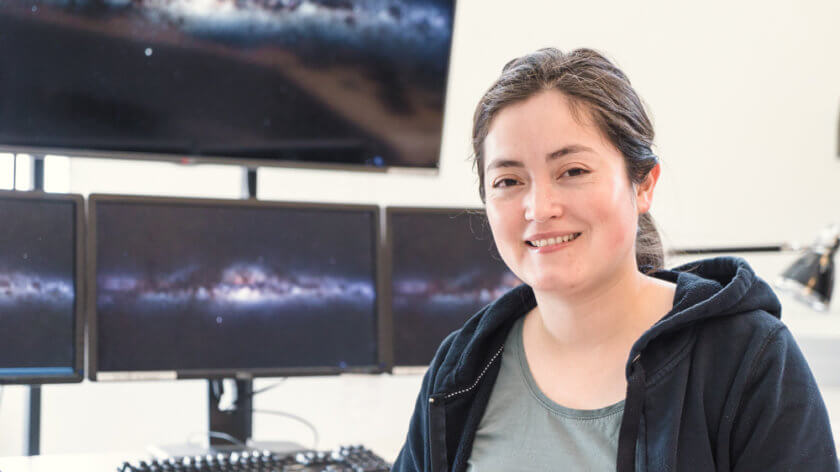
Next stop, we pop into see where the laboratory, where the antennae are being repaired. Through the glass we see a friendly man called Boni, who ushered us in to look at some of the machines. He shows us a real-life antennae and tells us that each has 8-10 bands, each working on a different frequency, which can be used for different research projects. Before leaving, Boni hands me an ALMA pin badge and fridge magnet. I feel lucky as apparently they’re normally reserved for children.
The 66 antennae are all sited on the Chajnantor Plateau, and unfortunately, due to safety reasons, the general public aren’t allowed to visit. It’s 5000m above sea level and before going up we have to have our blood pressure and oxygen levels taken. Fortunately I pass the medical. Phew.
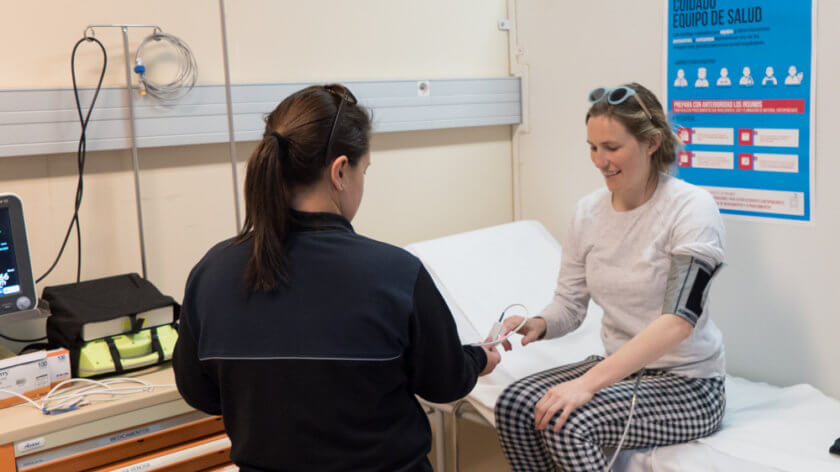
This place is extremely well organised. Every 10km along the route, Aurelien radios down with our car number to let them know we are all still safe (and alive). The views are outstanding (I seem to find myself repeating this over and over in my posts about South America!). Guanaco roam freely, enormous cacti loom over the edge of the hills and the salt flats glow purple in the sunlight.
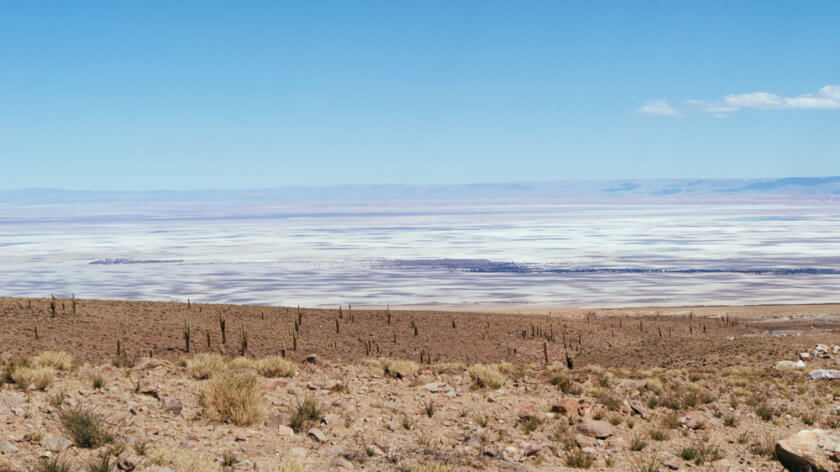
As we go further and further up, I can feel the pressure building in my head. When we reach the top, I have another blood oxygen test. I’m doing OK – my levels have gone from 95% to 80%. And I’ve got an oxygen tank just in case. Although, I actually feel a little disappointed that I don’t need to use it. I think it would make me feel like an astronaut.
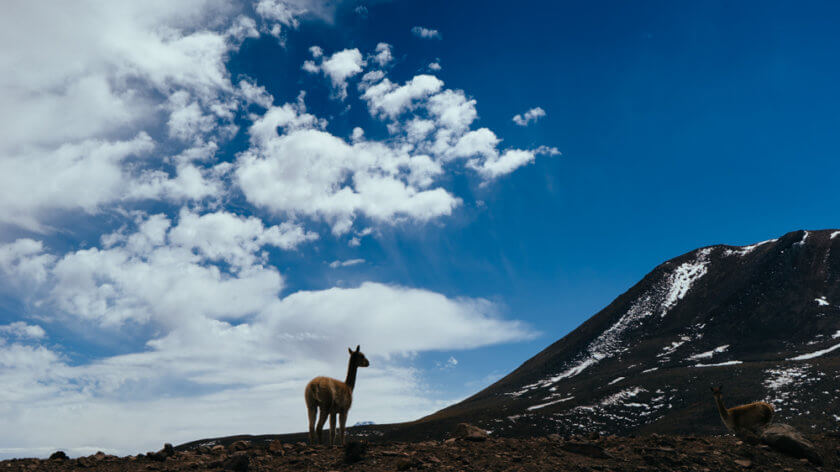
The promo video about ALMA that I watched in the visitor’s centre says that it’s breathtaking. And it is, quite literally. I have to walk slowly and calmly, anything rushed makes me feel dizzy and out of breath. It’s a relief to get into the staff building, where they pump oxygen into every room. I gulp in mouthfuls of air before heading back out to view the antennae. On the way out we spot a wild snow fox, poking his head through the window. Animals are allowed to roam free here – the scientists want to create as little disruption as possible to the natural environment. The ALMA project isn’t indefinite and, following Glastonbury’s motto, the plan is to ‘leave no trace’.
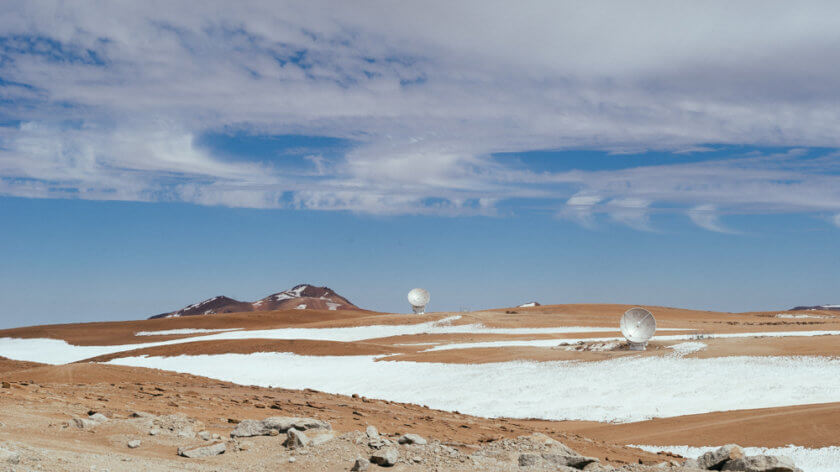
On the plateau, a team of six men are huddling together working to re-position the antennae. They move these enormous, expensive machines with a remote control the size of a shoe box. I can’t help but find it amusing that as they concentrate fiercely, Celine Dion’s ‘My Heart Will Go On’ is pumping out of the 4×4 behind them.
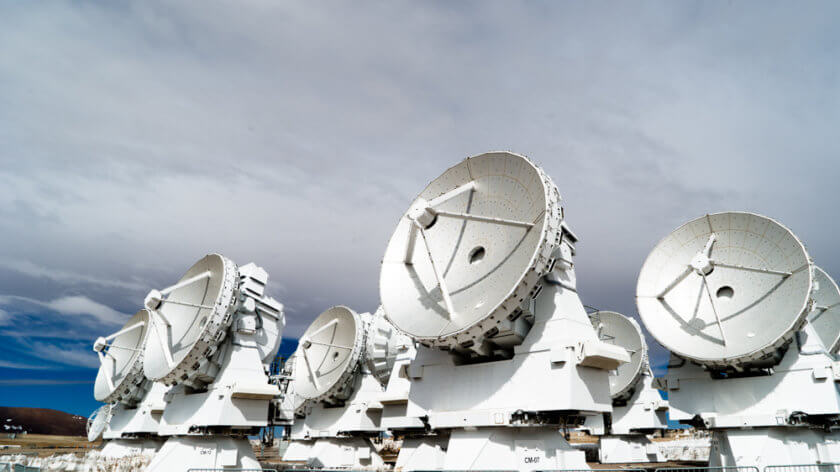
The antennae are awe-inspiring. And it’s so bizarre to see them up close, set against an extraordinary lunar landscape, and nestled in piles of jagged snow. It genuinely feels like I’m in a different world. I can’t spend too long wandering around as the effects of the altitude become stronger and stronger. Finally, we head down back to the visitor centre and I begin to start feeling more normal.
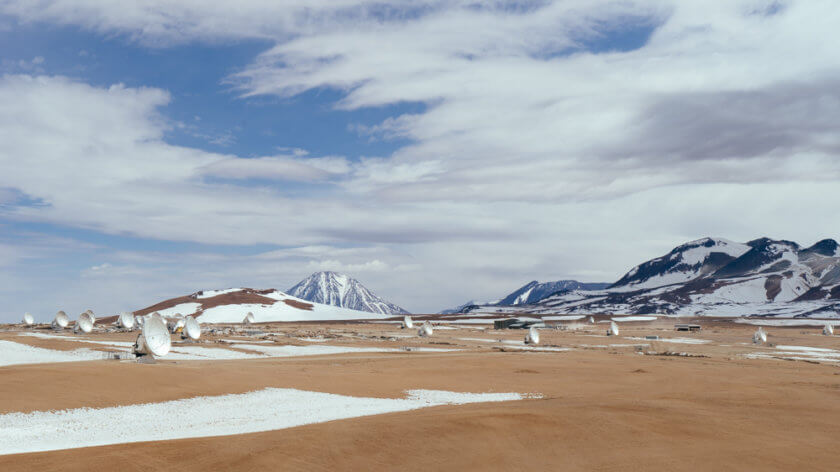
Our final stop is for lunch in the staff canteen, where we bump into Boni again. He kindly offers to give us a tour of the pool and the staff accommodation. The staff at ALMA work in shifts and while they are on site, they stay in army barrack-style housing. I see a poster for a weekly film night. This Sunday they’re screening Baywatch with Zac Efron.
It was a real privilege to be able to visit ALMA, and although the Plateau isn’t open to the public, I would highly recommend going on the public tours. And while you are in Atacama, there’s a whole other bunch of great activities you can do, from cycling to the Valley of the Moon and doing an Astrotour, to touching real meteoroids.
All photos by Rose Palmer





























